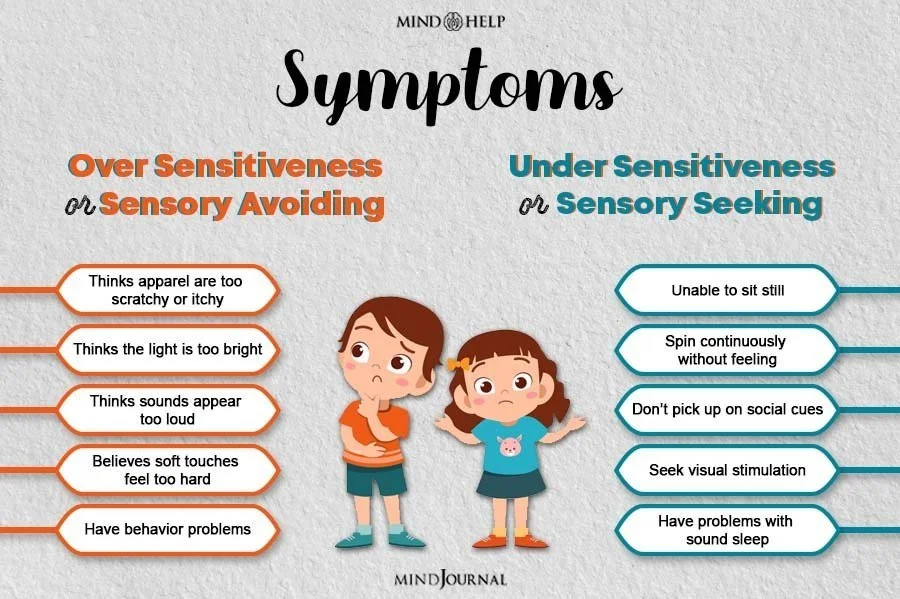What is Sensory Integration?
Sensory integration refers to the processing, integration, and organization of sensory information from the body and the environment.
Simply put, this means how we experience, interpret and react to (or ignore) information coming from our senses. Sensory integration is important in all the things that we need to do on a daily basis, such as getting dressed, eating, moving around, socializing, learning and working.
Sensory information is received from our senses, which include:
Vision
Auditory
Tactile
Gustatory/Taste
Olfactory/Smell
Proprioception/Understanding where your body Is
Vestibular/Movement
Interoception/Signals from inside your body
Sensory integration, or sensory processing, is an automatic neurological process that occurs throughout our life. Sensory integration develops naturally during ordinary childhood activities, however, for some people, it does not develop as efficiently as it could and can affect activities of daily living, academic achievement, behaviour or social participation.
Sensory processing challenges/difficulties occur when there is a breakdown in either the intake of the sensory information from our bodies/environment or in the way our brain interprets the information. As a result of this breakdown, the person engages in appropriate actions/behaviors.
How common are sensory integration problems?
Because sensory integration difficulties can co-occur with other diagnoses (including autism, ADHD, OCD, genetic syndromes and learning disabilities), as well as with no other diagnosis at all, it’s difficult to put an exact figure on the prevalence.
One 2009 *study, found that 1 in every 6 children has sensory processing issues that make it hard to learn and function in school. Other studies have found that **66% of autistic children (65-90% of autistic children, depending on the research study), and 32% of children with special education needs (who were not autistic) show definite differences in sensory behaviours.
More recently, a 2020 paper*** found that sensory processing difficulties predicted executive and cognitive dysfunctions in inhibitory control, auditory sustained attention, and short-term verbal memory in autistic children within a school context.


